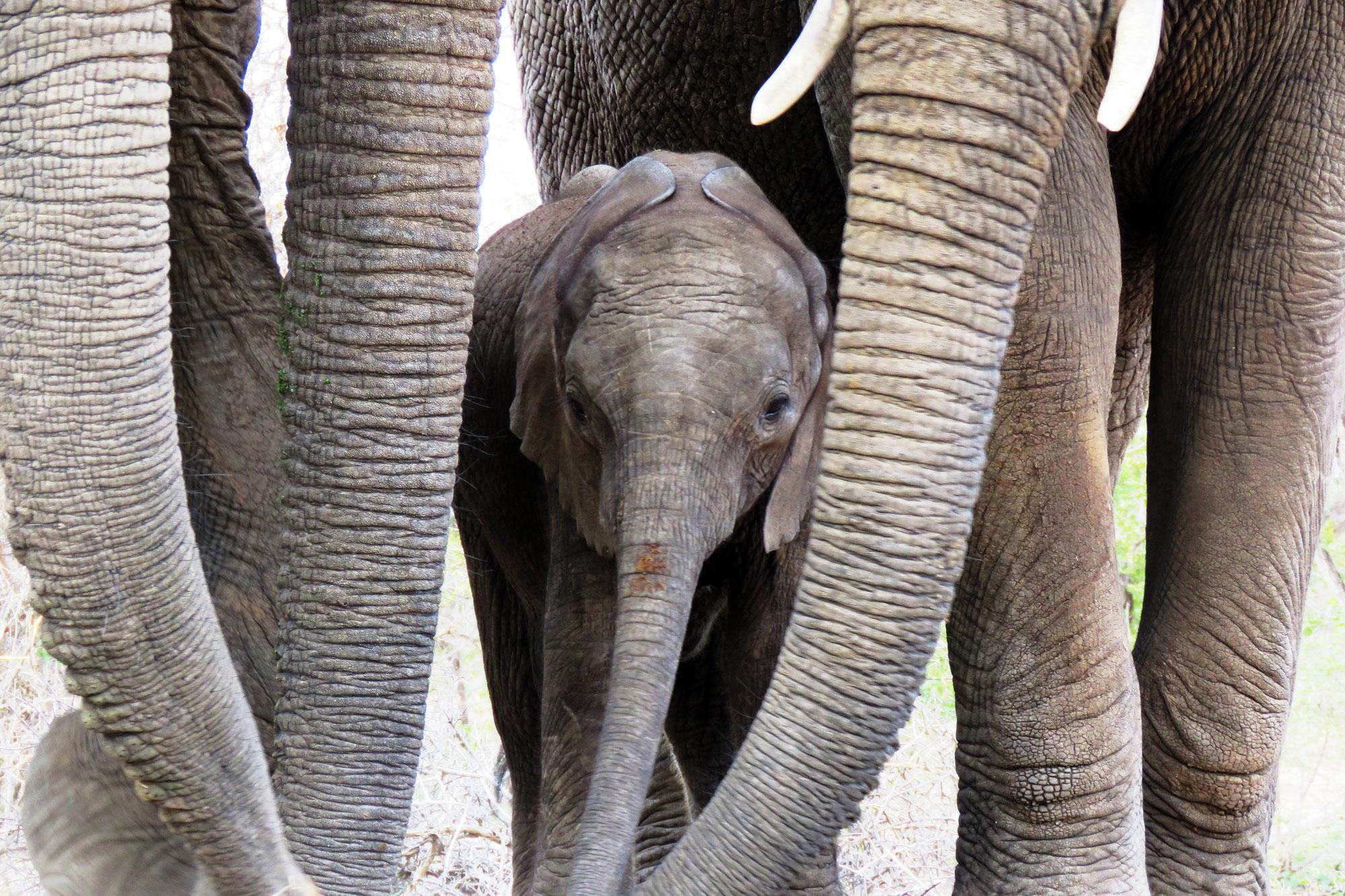The Convention on International Trade in Endangered Species of Wild Fauna and Flora (CITES) marks 50 years since it entered into force on Tuesday, celebrating five decades of protecting endangered wildlife from overexploitation through international trade.
Originally conceived in 1963 at a meeting of the International Union for Conservation of Nature, the Convention entered into force in 1975, as the first global agreement of its kind. It continues to serve as a vital tool to help prevent the rapid decline of species.
Why CITES matters?
The urgency of CITES ' mission is clear: international wildlife trade is now worth billions of dollars, and unregulated trade - alongside habitat loss and overexploitation - continues to drive vulnerable species towards extinction.
Because such trade span borders, international cooperation is critical.
"CITES is not a static agreement or self-sustaining," said Ivonne Higuero, Secretary-General of CITES, marking the anniversary.
"It is a living promise to invest in nature - a commitment to the future, to each other and to the millions of species with whom we share this planet."
With 185 parties - States or regional economic organizations - where the Convention has entered into force, CITES regulates trade for over 40,000 plant and animal, covering live animals, timber and herbal products.
Real world impact
CITES has established itself as one of the most effective multilateral environmental agreements by developing consensus-based governance and implementation tools such as the CITES Trade Database - the world's most comprehensive source of global wildlife trade data - and guidelines for legal acquisition, permitting and enforcement.
Thanks to the Convention, international collaboration has brought critically endangered species from the brink, like African elephants, pangolin and crocodiles.

A key initiative, the Monitoring the Illegal Killing of Elephants (MIKE) Programme, operates at over 70 sites across Africa and Asia, covering roughly half of the pachyderm population. MIKE data has contributed to a downward trend in illegal killings, especially in Africa.
Looking ahead
CITES Secretary-General Higuero called on the international community to remain committed to the cause.
"Let the next 50 years be marked by deeper unity, sharper focus and bolder action," she said.
"We must continue aiming high and build a world where wild animals and plants thrive in their natural habitats, where trade supports - not threatens - biodiversity, and where people and planet prosper in harmony."
UN and CITES
The CITES secretariat is supported by the United Nations Environment Programme ( UNEP ), which it with administrative and operational backing.
CITES complements the work of other UN entities, such as the Food and Agriculture Organization ( FAO ) to improve fisheries management, capacity building and technical cooperation with the Economic and Social Commission for Asia and the Pacific ( ESCAP ), and initiatives focusing on the youth with the UN Development Programme.






